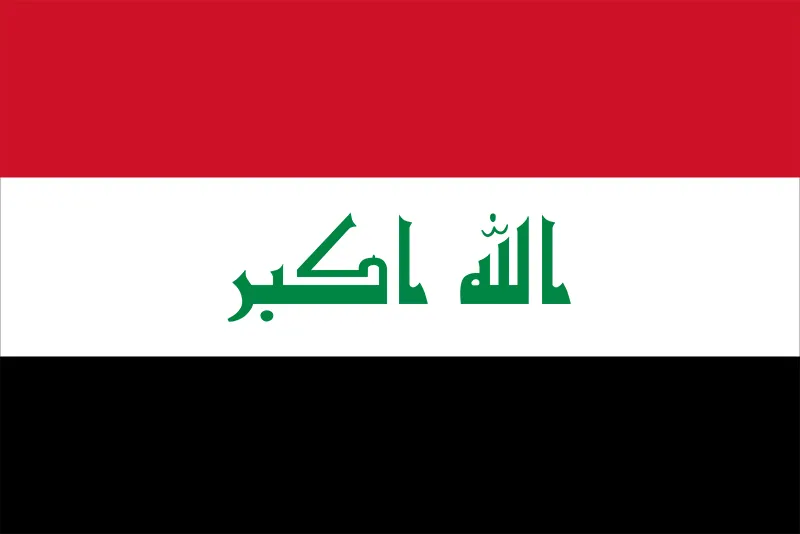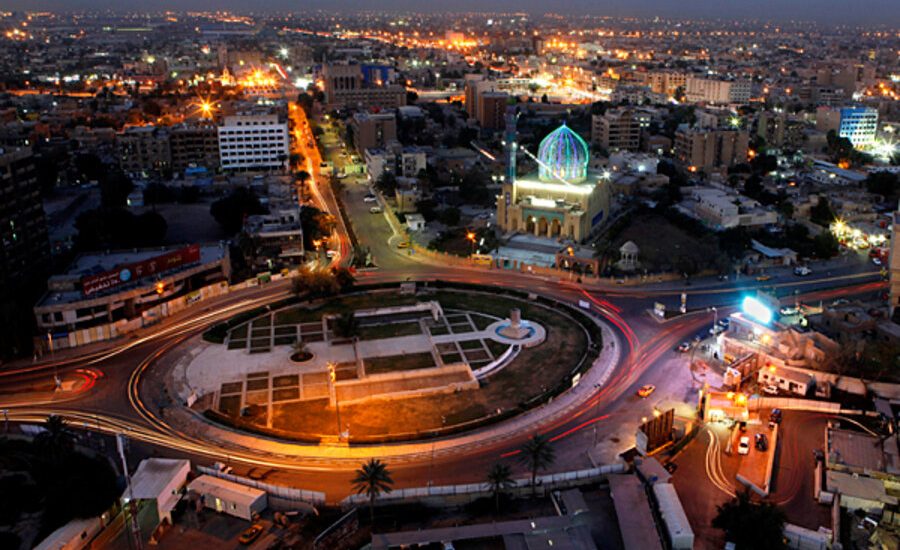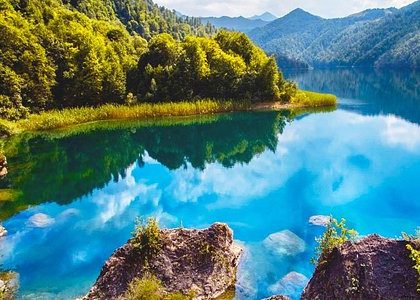
In 600 Iraq was a fiefdom of the Persian Sasanian conglomerate, to which it had belonged for three centuries. It was presumably the most vibrant and flush area in the Middle East, and the ferocious irrigation husbandry of the lower Tigris and Euphrates gutters and of influent aqueducts similar as the Diyālā and Kārūn formed the main resource base of the Sasanian monarchy. The name Iraq wasn’t used at this time; in themid-6th century the Sasanian conglomerate had been divided by Khosrow I into four diggings, of which the western one, called Khvarvaran, included utmost of ultramodern Iraq.
The name Iraq is extensively used in the medieval Arabic sources for the area in the centre and south of the ultramodern democracy as a geographic rather than a political term, inferring no precise boundaries. The area of ultramodern Iraq north of Tikrīt was known in Muslim times as Al- Jazīrah, which means “ The Island ” and refers to the “ islet ” between the Tigris and Euphrates gutters( i.e., Mesopotamia). To the south and west lay the Arabian Desert, inhabited largely by Arab lines who sometimes conceded the overlordship of the Sasanian lords. Until 602 the desert frontier had been guarded by the Lakhmid lords of Al- Ḥīra, who were themselves Arabs but ruled a settled buffer state. In that time Khosrow II( Parvīz) precipitously abolished the Lakhmid area and laid the frontier open to rambler irruptions. further north the western quarter was bounded by the intricate Conglomerate. The frontier more or less followed the ultramodern Syria- Iraq border and continued northward into ultramodern Turkey, leaving Nisibis( ultramodern Nusaybin) as the Sasanian frontier fort while the Byzantines held Dārā and near Amida( ultramodern Diyarbakır).
The occupants were of mixed background. There was an aristocratic and executive Persian upper class, but utmost of the population were Aramaic- speaking peasants. A considerable number of Arabs lived in the region, utmost of them as pastoralists along the western perimeters of the settled lands but some as townspeople, especially in Al- Ḥīra. In addition, there were Kurds, who lived along the foothills of the Zagros Mountains, and a large number of Greeks, substantially captures captured during the multitudinous Sasanian juggernauts into intricate Syria.










